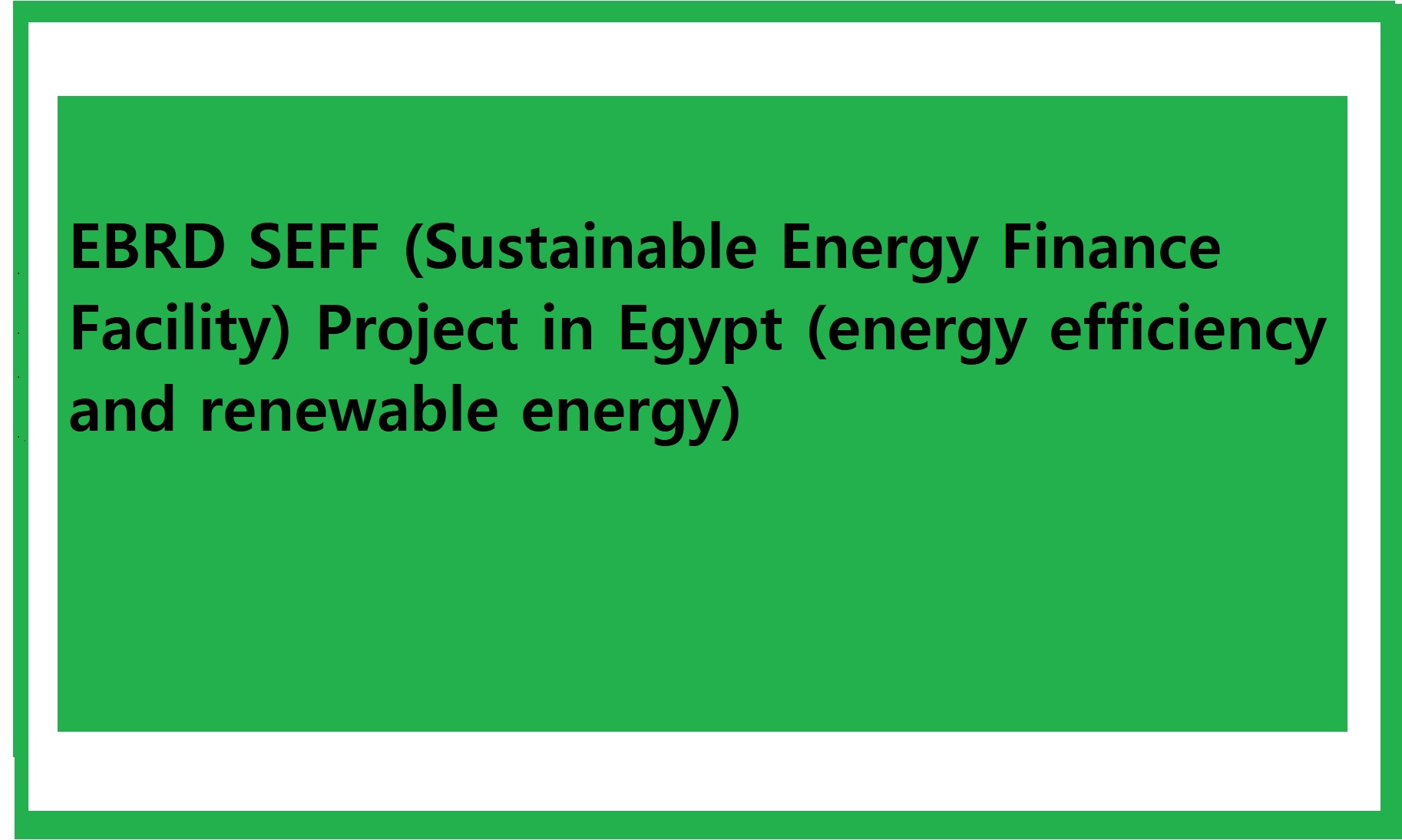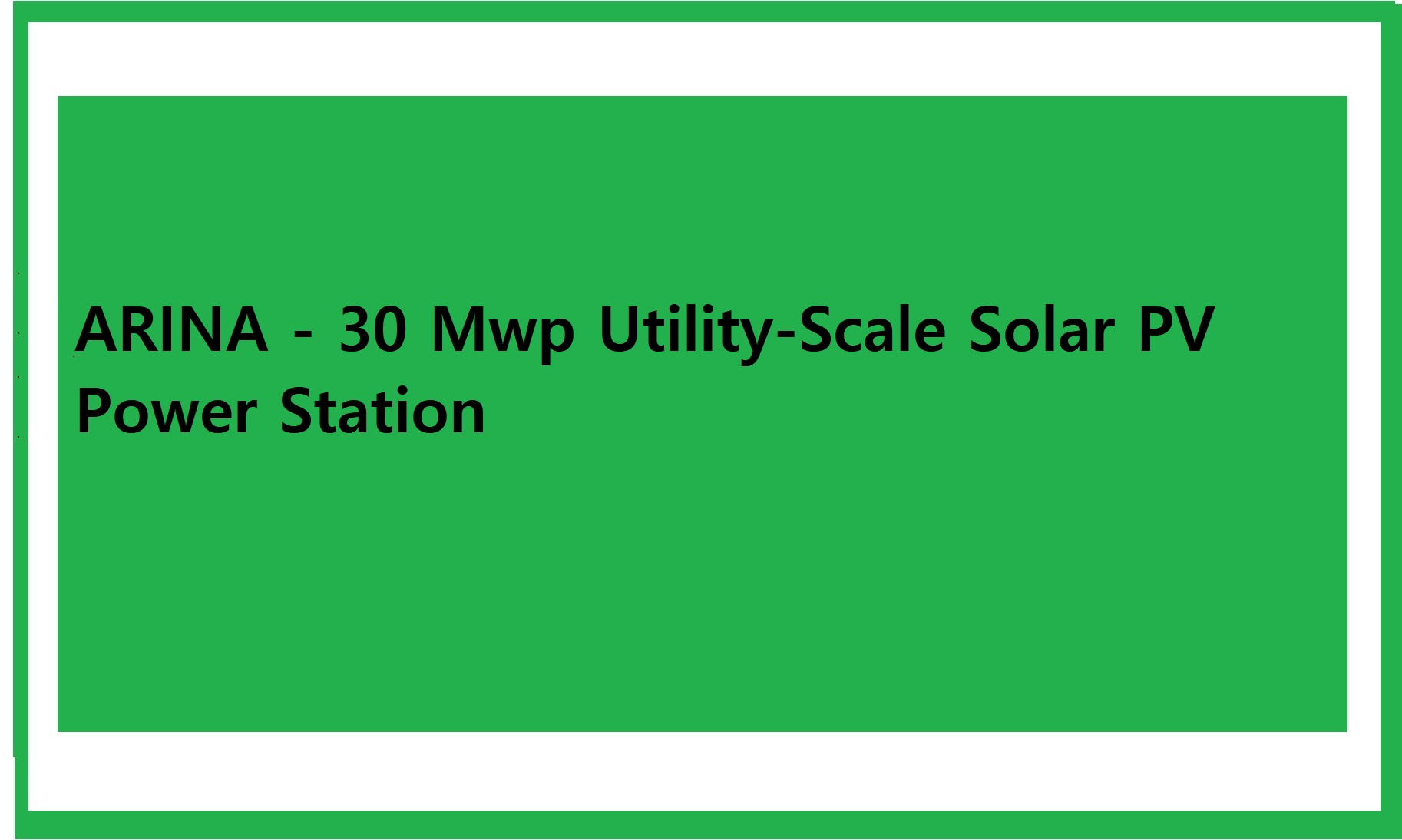
Overview
System Modelled
The model in total had 44 parameters and 19 inputs entered to the deck file and 65 outputs resulted from the simulation process.
The
system under study (figure .1) consists of (i) a power supply, (ii) a
DC/AC inverter, (iii) an AC induction motor, (iv) a centrifugal pump, (v) a
well, (vi) a water storage tank, (vii) an overflow protection device and (viii)
a water desalination system. Each component of the system has been modeled separately and interconnected with other components via a series of inputs and
outputs. The model simulates water pumping and water desalination systems
powered by PV via a DC/AC inverter. Based on the DC control algorithm of the
inverter used, the model simulates constant voltage tracking, voltage frequency
modulation and maximum power point tracking algorithms. For the AC control
algorithm of the inverter used, the model simulates “variable inverter
frequency, variable motor efficiency”; “variable inverter frequency, constant
motor efficiency”; and “constant inverter frequency, variable motor efficiency
algorithms”. The model also simulates grid-connected and diesel-powered water
pumping and water desalination systems. Systems coupled with a variable speed
drive can also be simulated.

Figure 1. System
components and power supply options
A Transient Simulation Program (TRNSYS)
The model in total had 44 parameters and 19 inputs entered to the deck file and 65 outputs resulted from the simulation process.
TRNSYS was used to (i) enable all simulation options to be undertaken, (ii) consider transient and steady-state conditions and (iii) to easily update the simulation program for any further system development. TRNSYS’s modular structure enables the user to use “components” available in its library or to program and add newly developed components. A standard component, generally, consists of fixed parameters, and variable inputs, which could be outputs of other components and groups of outputs. A system is structured using a set of components interconnected in such a manner to execute a specific task designed by the programmer. A special program called a deck file is prepared by the user in which all components’ parameters are entered and controlled during the simulation. The deck file also manages the inputs and outputs of each component. In this work, Component Type 94 “PV Array” available in the TRNSYS library was modified to include a newly developed correlation for PV temperature and to simulate different types of inverter algorithms. Component Type 9 “Card Reader”, Component Type 25 “Printer”, Component Type 26 “Plotter” and Component Type 16 “Solar Radiation Processor” were also used from the TRNSYS library. Newly developed Components were: Type 101 “Water Pumping Subsystem”, Component Type 103 “Water Storage Tank” and Component Type 104 “Water Desalination Unit”. A TRNSYS deck file was developed to control the simulation of all Components. The model in total had 44 parameters and 19 inputs entered to the deck file and 65 outputs resulted from the simulation process.
Validation
Model validation was accomplished through a comparison of the simulated results with both the laboratory measurements and long-term field data. The system used for validation is described in Figure 1 above. Data loggers and measuring devices used are high-tech with a sampling rate of 2 seconds over years of the measurement period. Laboratory tests are also carried out for certain requirements and for more accuracy.
All outputs of the modeled system and components are compared with field and lab data. The accuracy of the model was found high and beyond the expectation of scientific bases requirements.





